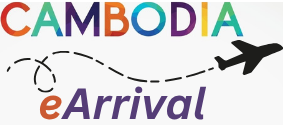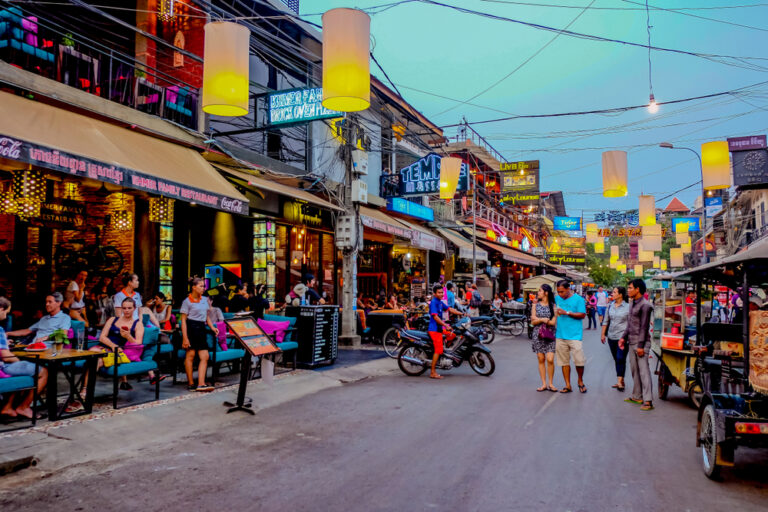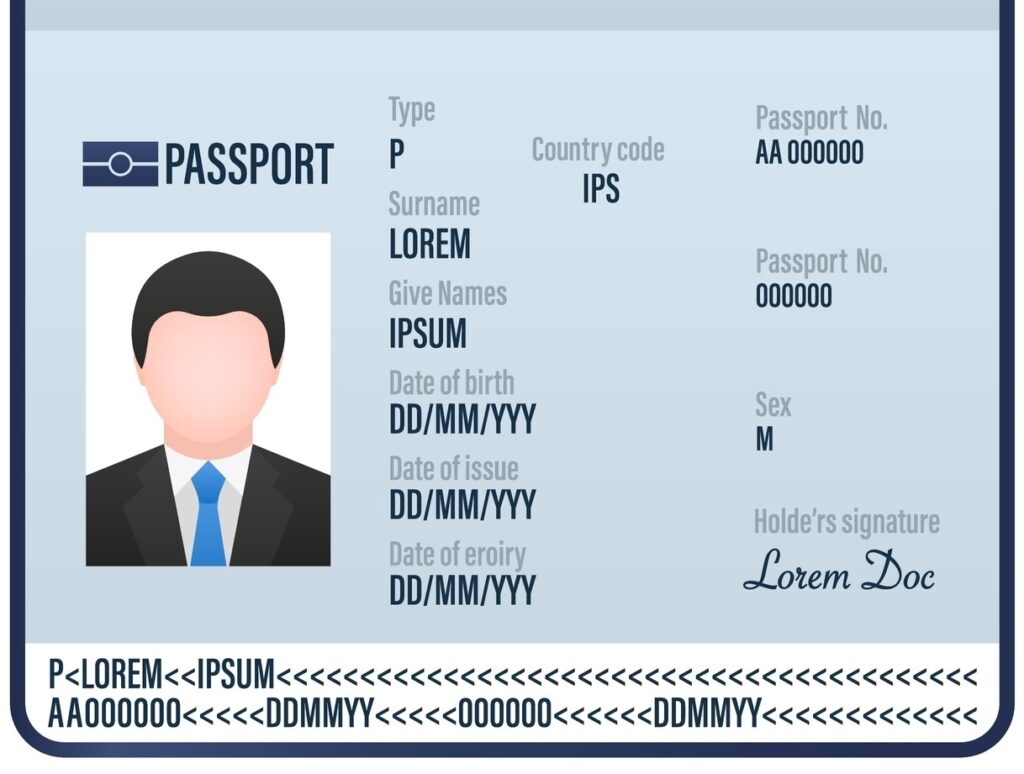The Essential Trip Guide to Cambodia: Tips for Solo Travellers

Planning to explore Cambodia alone? The visa process is straightforward, but timing your visit and knowing where to enter can make a significant difference in your experience and budget.
Cambodia rewards prepared solo travelers with authentic encounters and incredible value for money. Your biggest decisions will be managing the weather patterns, choosing between budget and comfort levels, and deciding how much time to spend at each destination. Most solo travelers underestimate how much there is to see beyond Angkor Wat.
Getting There and Visa Requirements
Visa Process: Most travelers can obtain a tourist visa on arrival or apply for an e-visa online before departure. The tourist visa costs $30 USD and allows a 30-day stay with possible extensions. Ensure your passport has at least six months validity remaining.
Best Entry Points: Siem Reap International Airport is ideal if Angkor Wat is your priority, while Phnom Penh offers better onward connections to neighboring countries. Overland crossings from Thailand and Vietnam are popular with backpackers and offer scenic border experiences.
When to Visit
Dry Season (November-April): Peak tourist season with comfortable temperatures and minimal rainfall. Expect higher prices and crowds, especially around Angkor Wat.
Wet Season (May-October): Lower prices, fewer tourists, and lush green landscapes. Afternoon downpours are common but brief. Rural roads may become challenging, but main tourist routes remain accessible.
Sweet Spot: November-December and February-March offer the best balance of weather, prices, and crowd levels.
Budget Planning
Daily Budget Ranges:
- Budget Backpacker: $15-25 USD (dorms, street food, local transport)
- Mid-Range Solo: $30-50 USD (private rooms, mix of local and tourist restaurants)
- Comfortable: $60+ USD (boutique accommodations, guided tours, Western meals)
Money Matters: Cambodia uses both Cambodian Riel and US Dollars. ATMs are widely available in cities and tourist areas but may be scarce in remote regions. Always carry small USD bills for tips, tuk-tuk rides, and rural areas where card payments aren’t accepted.
Transportation for Solo Travelers
Tuk-Tuks: Perfect for short distances and temple hopping. Always negotiate the price beforehand and consider hiring the same driver for multiple days for better rates.
Buses: Reliable for intercity travel. Companies like Giant Ibis and Mekong Express offer comfortable services between major destinations. Book tickets through your accommodation or directly at bus stations.
Motorbike Rentals: Popular among adventurous solos, but exercise extreme caution. Traffic can be chaotic, and road conditions vary dramatically. Ensure you have proper insurance and always wear a helmet.
Domestic Flights: Quick connections between Siem Reap, Phnom Penh, and Sihanoukville. Book early for better prices.
Accommodation Tips
Hostels: Excellent for meeting fellow travelers. Mad Monkey and Onederz chains offer reliable standards across multiple cities. Book popular hostels in advance during peak season.
Guesthouses: Family-run establishments provide authentic local experiences and personalized recommendations. Often cheaper than hostels for private rooms.
Location Strategy: Stay within walking distance of main attractions in Siem Reap (near Pub Street but not directly on it for quieter nights) and in the Riverside area of Phnom Penh for easy access to restaurants and nightlife.
Safety Considerations for Solo Travelers
General Safety: Cambodia is generally safe for solo travelers, but petty theft can occur. Keep valuables in hotel safes and be aware of your surroundings, especially after dark.
Scam Awareness:
- Fake police checkpoints (always ask for proper identification)
- Overcharging by tuk-tuk drivers (agree on prices beforehand)
- Gem and fake charity scams in tourist areas
Health Precautions: Malaria risk exists in rural areas; consult a travel medicine clinic before departure. Dengue fever is present year-round, so use insect repellent religiously. Drink only bottled or properly filtered water.
Emergency Contacts: Save local emergency numbers and your embassy contact information. Tourist police are available in major destinations and generally speak English.
Cultural Etiquette and Respect
Temple Visits: Dress modestly with covered shoulders and knees. Remove shoes before entering temple buildings. Don’t point feet toward Buddha statues or monks.
Photography: Always ask permission before photographing locals. Some temples charge photography fees. Be respectful when photographing at sensitive historical sites like the Killing Fields.
Interacting with Locals: Cambodians are generally warm and helpful toward solo travelers. Learning basic Khmer greetings like “Chum reap suor” (hello) goes a long way in building connections.
Must-Visit Destinations
Siem Reap: Base for exploring Angkor Archaeological Park. Hire a knowledgeable guide for the main temples to fully appreciate the history and significance. Consider sunrise at Angkor Wat, but also explore lesser-known temples like Ta Prohm and Bayon.
Phnom Penh: The capital offers sobering historical sites like the Tuol Sleng Genocide Museum and Choeung Ek Killing Fields, balanced by vibrant markets and excellent dining. The Royal Palace and Silver Pagoda showcase Cambodia’s royal heritage.
Battambang: Perfect for cultural immersion with cooking classes, countryside cycling tours, and the famous bamboo train experience. Less touristy than other destinations but easily accessible.
Koh Rong: Tropical island paradise with pristine beaches and growing backpacker scene. Ideal for relaxation after temple hopping and city exploration.
Kampot: Charming riverside town known for its pepper plantations and French colonial architecture. Great base for exploring Bokor National Park.
Food and Dining
Street Food Safety: Choose busy stalls with high turnover and visible cooking processes. Local favorites include amok (coconut curry), lok lak (stir-fried beef), and fresh spring rolls.
Restaurant Etiquette: Tipping isn’t mandatory but appreciated (5-10% at tourist restaurants). Many local eateries don’t expect tips.
Dietary Restrictions: Vegetarian options are widely available, often featuring tofu and vegetables. Vegan travelers should specify “no fish sauce” as it’s commonly used in Cambodian cooking.
Meeting Other Travelers
Social Hubs: Pub Street in Siem Reap and the Riverside area in Phnom Penh are backpacker magnets. Hostel common areas and rooftop bars provide natural meeting opportunities.
Group Tours: Day tours to temples or countryside attractions are excellent for meeting like-minded solo travelers while splitting costs.
Volunteer Opportunities: Several organizations offer short-term volunteer positions, providing meaningful cultural exchange and instant social connections.
Technology and Communication
SIM Cards: Purchase local SIM cards from Smart or Cellcard for affordable data and calls. Tourist SIM packages are available at airports and phone shops.
WiFi Availability: Most accommodations and restaurants offer free WiFi, though speeds can be inconsistent outside major cities.
Apps to Download:
- Grab for reliable transport in cities
- Google Translate (download Khmer for offline use)
- XE Currency for exchange rates
- Offline maps for navigation
Packing Essentials
Climate Considerations: Lightweight, breathable clothing with long sleeves for temple visits and mosquito protection. Waterproof jacket for wet season travel.
Health Kit: Include anti-diarrheal medication, pain relievers, antiseptic cream, and any prescription medications with extra supplies.
Electronics: Universal adapter, portable charger, and waterproof phone case for island activities.
Making the Most of Solo Travel
Embrace Flexibility: Solo travel allows spontaneous changes in plans. If you meet other travelers heading somewhere interesting, consider joining them.
Document Your Journey: Keep a travel journal or blog to process experiences, especially when visiting emotional historical sites.
Balance Social and Solo Time: While meeting other travelers is part of the experience, don’t forget to enjoy peaceful moments of solitude and reflection.
Learn Basic Khmer: Even simple phrases like “thank you” (aw kun) and “excuse me” (som toh) will earn smiles and respect from locals.
Solo travel in Cambodia offers incredible opportunities for personal growth, cultural immersion, and unforgettable adventures. The country’s tragic history and remarkable resilience provide profound learning experiences, while its natural beauty and warm people create lasting positive memories. Trust your instincts, stay open to new experiences, and prepare for a journey that will likely exceed your expectations.
Remember that solo travel is about finding your own pace and interests. Whether you’re drawn to ancient temples, vibrant cities, pristine beaches, or cultural exchanges with locals, Cambodia offers all of this and more for the independent adventurer willing to explore with respect and curiosity.


